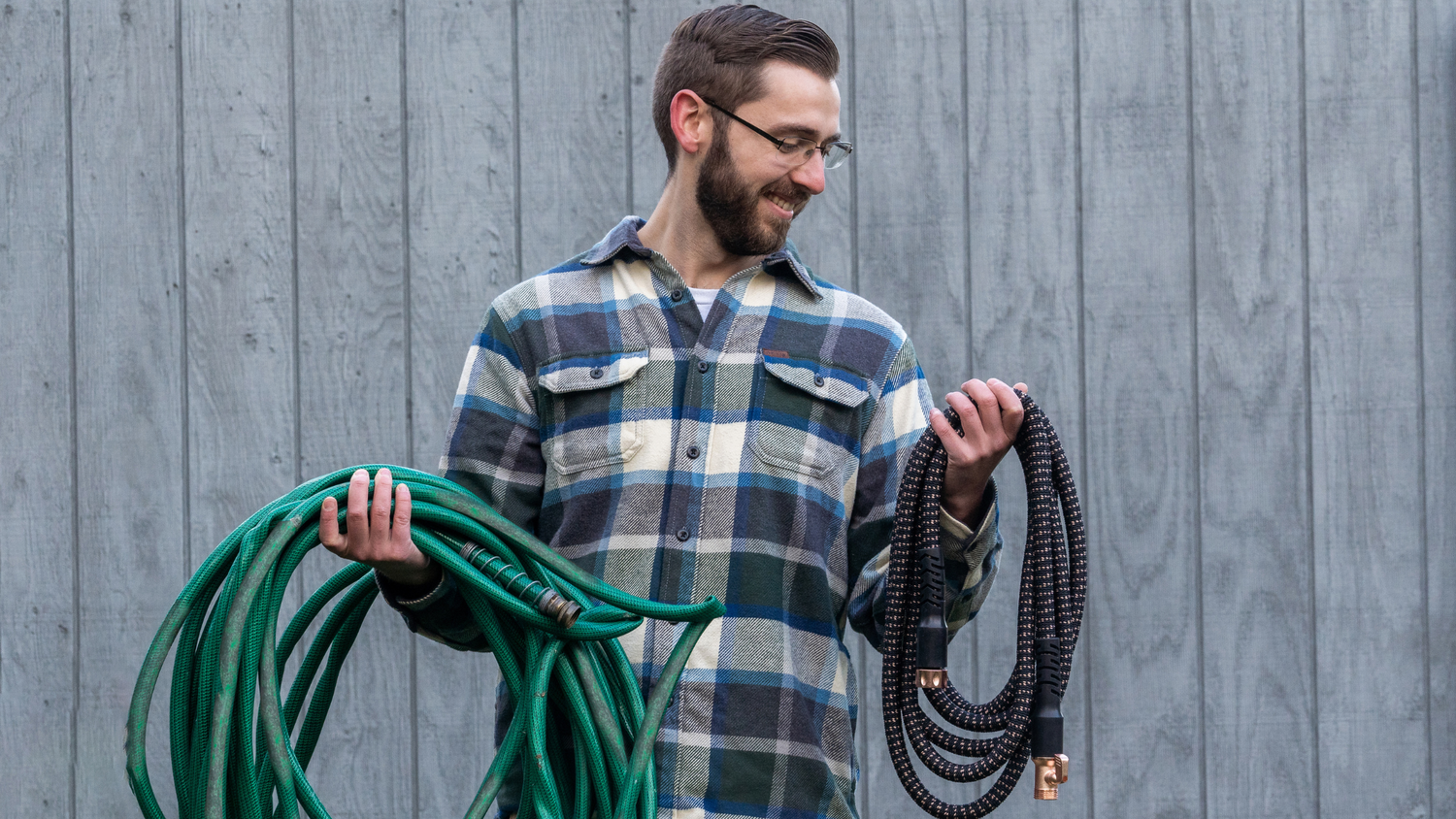Gardening can be a delightful hobby or a professional endeavor, but either way, it requires the right tools to be done efficiently. Among these tools, one of the most indispensable is the garden hose. However, not all garden hoses are created equal. There are various types, each designed for specific needs and uses. Let’s dive into the world of garden hoses to understand their differences and applications.
The Lifeline of a Garden: Why the Right Hose Matters
Before delving into the types of garden hoses, it’s crucial to understand why choosing the right one matters. The right hose can make watering tasks more efficient, save water, and better serve your garden's specific needs. Conversely, a mismatched hose can lead to wasted water, frustration, and even damage to your plants.
Factors to Consider
When selecting a garden hose, consider its length, diameter, material, and flexibility. These factors significantly influence its suitability for various tasks and its overall user-friendliness.
Types of Garden Hoses and Their Uses
1. Lightweight Hoses
Ideal for: General domestic use, especially for those who find traditional hoses too cumbersome.
Lightweight hoses are designed for easy maneuverability. Made from a variety of lightweight materials, these hoses are perfect for everyday gardening tasks, such as watering plants or cleaning outdoor furniture. They are especially beneficial for those with limited strength or mobility.
2. Heavy-Duty Hoses
Ideal for: Large gardens, commercial spaces, or areas with extreme weather conditions.
Constructed from materials capable of withstanding high water pressure and extreme weather conditions, heavy-duty hoses are robust and durable. They are perfect for more demanding tasks, such as watering large gardens or commercial landscaping.
3. Expandable Hoses

Ideal for: all size gardens gardens, and for those with limited storage space.
Expandable hoses are a marvel of design, capable of expanding to several times their original size when filled with water, and contracting once the water is turned off. This feature makes them incredibly lightweight and easy to store, perfect for any size garden or those with limited storage options.
4. Soaker Hoses
Ideal for: Irrigating garden beds, deep watering of plants.
Soaker hoses are designed to be laid on or buried under the mulch along garden beds. They slowly release water directly into the soil at a rate that allows for deep penetration, promoting healthy root growth and minimizing water wastage. They are an excellent choice for efficient watering and are particularly beneficial in drought-prone areas.
5. Sprinkler Hoses
Ideal for: Lawns and large garden beds.
Sprinkler hoses combine the functionality of a soaker hose and a sprinkler system. When laid on the ground, they spray water upwards, evenly distributing it over a large area. This makes sprinkler hoses ideal for watering lawns or large garden beds evenly and efficiently.
6. Coiled Hoses
Ideal for: Patio gardens, small outdoor spaces.
Coiled hoses, recognized for their spring-like shape, are compact and retract to their coiled form when not in use, reducing tangling and saving space. They are excellent for watering patio gardens or small areas where storage space is limited.
7. Drinking Water Safe Hoses
Ideal for: Gardens where the hose water may be consumed by humans or animals.
Not all garden hoses are safe for drinking from, as some may leach chemicals into the water. Hoses designated as drinking water safe are made from materials that do not release harmful substances. They are suitable for gardens where the water may be consumed by people or pets.
How to Choose the Right Garden Hose
Choosing the right garden hose involves considering your garden's size, the types of plants you have, and your watering needs. Here are steps to help you make an informed decision:
- Assess Your Garden's Size: The hose length should be enough to reach all parts of your garden without being excessively long, as longer hoses can be more difficult to manage and store.
- Consider Your Watering Needs: Think about the types of tasks you’ll be using the hose for. Different tasks might require different types of hoses or even multiple hoses.
- Determine the Best Material: Look for materials that suit your climate and usage patterns. For example, rubber hoses are durable and resist kinking but can be heavy, while vinyl hoses are lighter and more affordable but less durable.
- Check for Flexibility and Ease of Use: A hose that kinks easily can be frustrating to use. Look for hoses that promise kink-resistance and have ergonomic features, making them easier to use and move around.
- Environmental Considerations: If water conservation is a concern, consider hoses that minimize wastage, such as soaker hoses for garden beds or hoses with built-in timers.
Garden hoses might seem like simple tools, but choosing the right one can significantly impact your gardening efficiency and enjoyment. By understanding the various types of hoses and their specific uses, you can make an informed decision that meets your gardening needs and helps you care for your plants in the best way possible. Remember, a well-chosen hose not only saves you time and effort but also contributes to the health and vitality of your garden.





Leave a comment
This site is protected by hCaptcha and the hCaptcha Privacy Policy and Terms of Service apply.